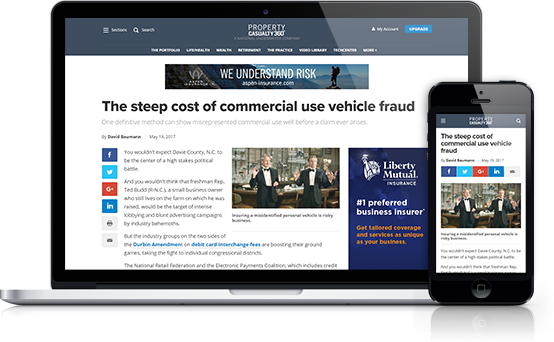In October 2005, Standard & Poor's first introduced an enterprise risk management component to its ratings analysis, and the firm is currently working on revisions to its insurer capital model. Steve Dreyer, practice leader for North American insurance ratings, and Grace Osborne, a managing director at S&P, discussed aspects of both with NU in July.
S&P has stressed in the past that capital is only part of a ratings analysis–with operating performance, competitive position and other criteria also figuring into ratings. Given your groundbreaking introduction of ERM criteria, do you envision that ERM will ultimately be the most important part of the ratings process?
"There's no question that ERM is the most significant change we've made to our rating process in the 16 years I've been at S&P–not because of what we have done so far, but because of what it puts us on a path to do," Mr. Dreyer said. ERM analysis involves analyzing future risks as opposed to the traditional, ratio-based analyses that S&P focused on in the past.
Recommended For You
Want to continue reading?
Become a Free PropertyCasualty360 Digital Reader
Your access to unlimited PropertyCasualty360 content isn’t changing.
Once you are an ALM digital member, you’ll receive:
- Breaking insurance news and analysis, on-site and via our newsletters and custom alerts
- Weekly Insurance Speak podcast featuring exclusive interviews with industry leaders
- Educational webcasts, white papers, and ebooks from industry thought leaders
- Critical converage of the employee benefits and financial advisory markets on our other ALM sites, BenefitsPRO and ThinkAdvisor
Already have an account? Sign In Now
© Touchpoint Markets, All Rights Reserved. Request academic re-use from www.copyright.com. All other uses, submit a request to [email protected]. For more inforrmation visit Asset & Logo Licensing.







